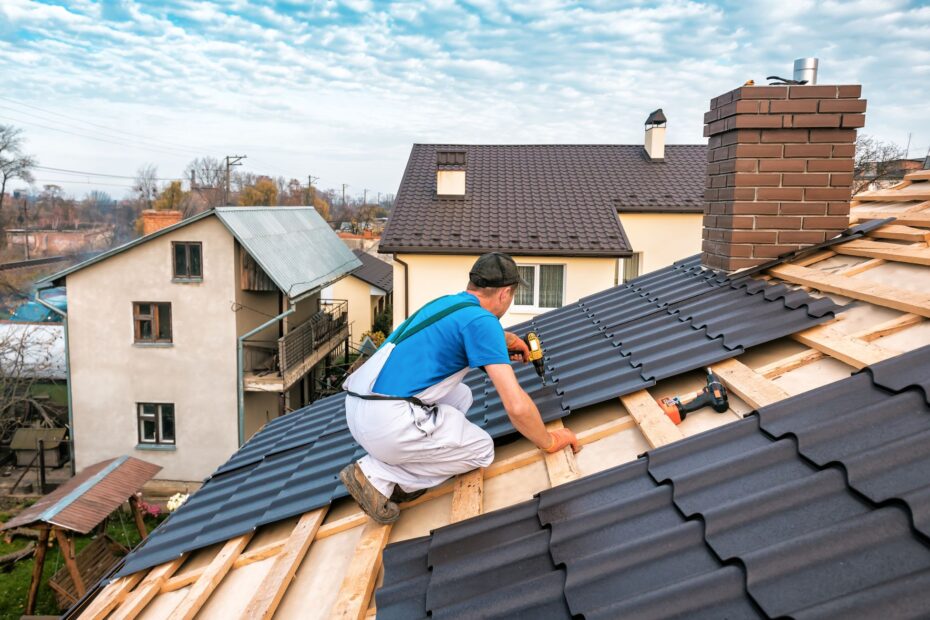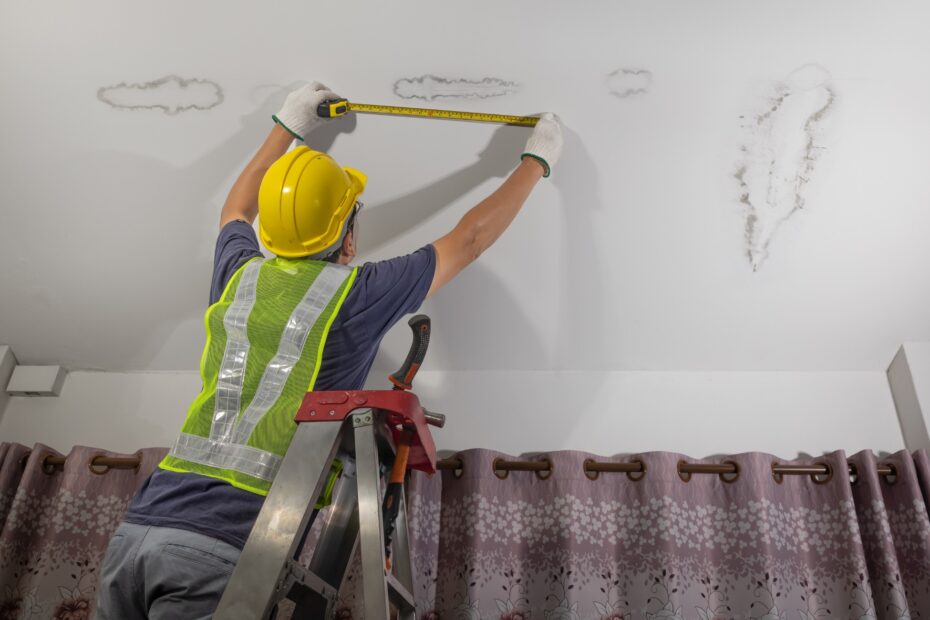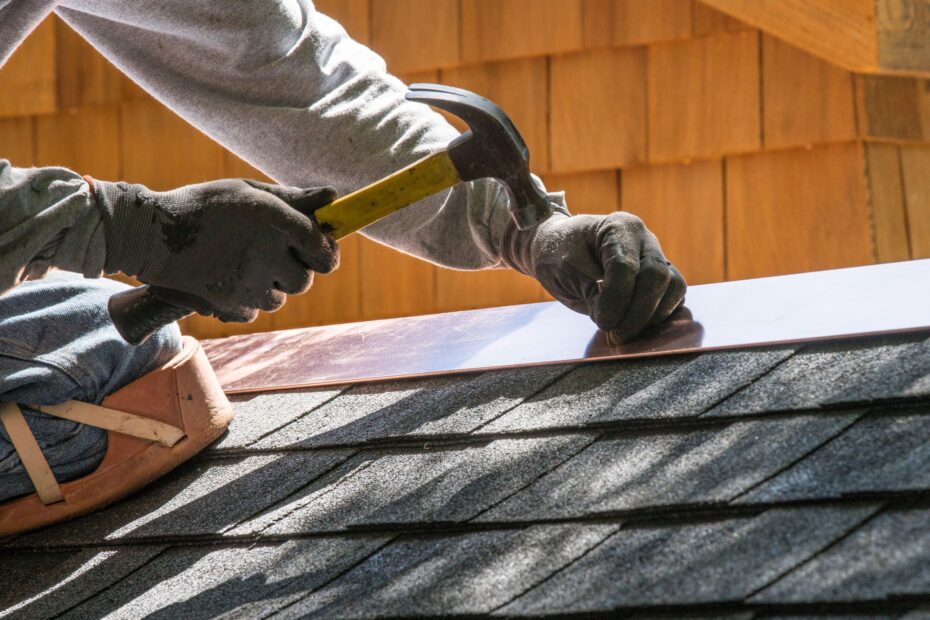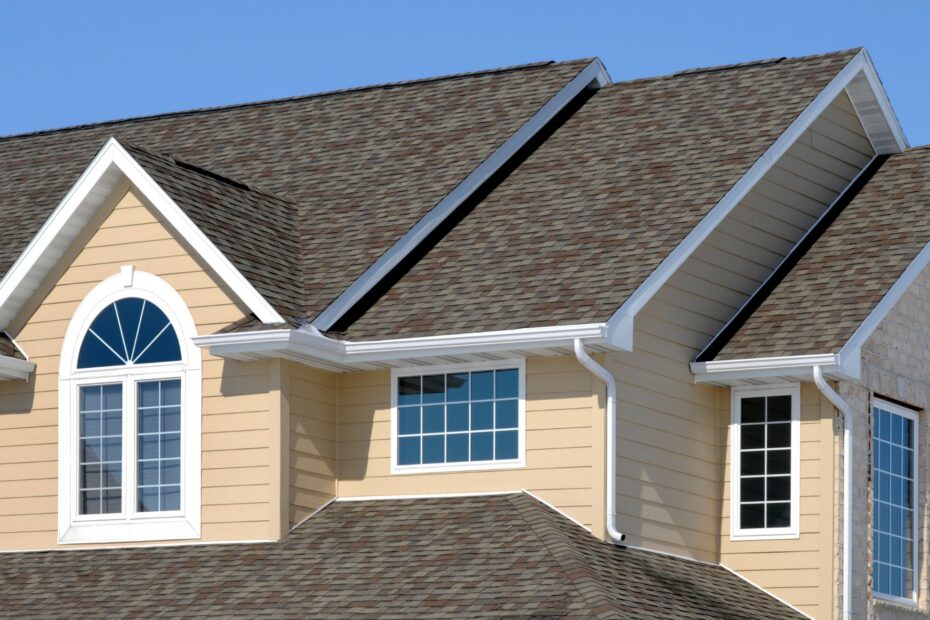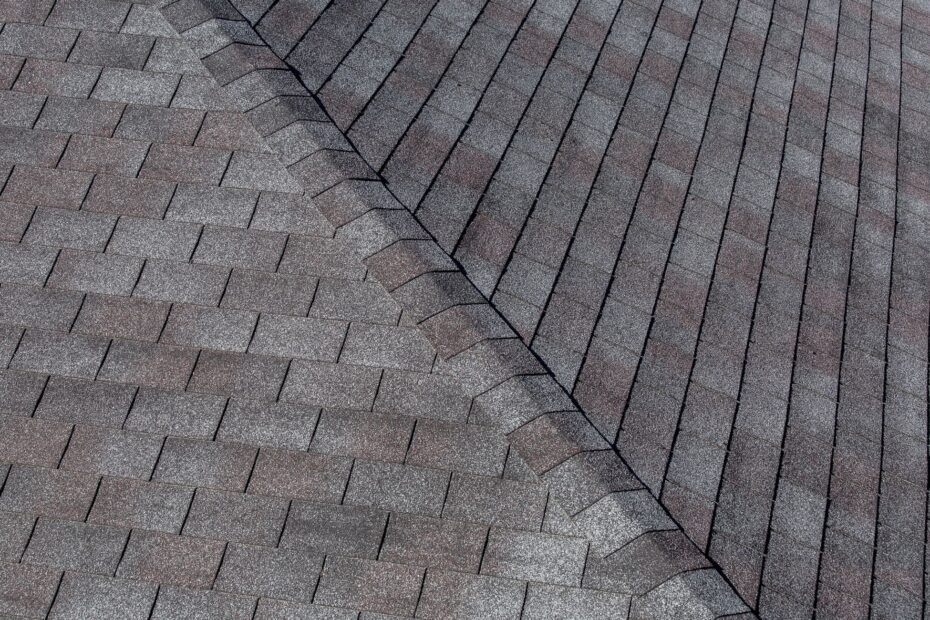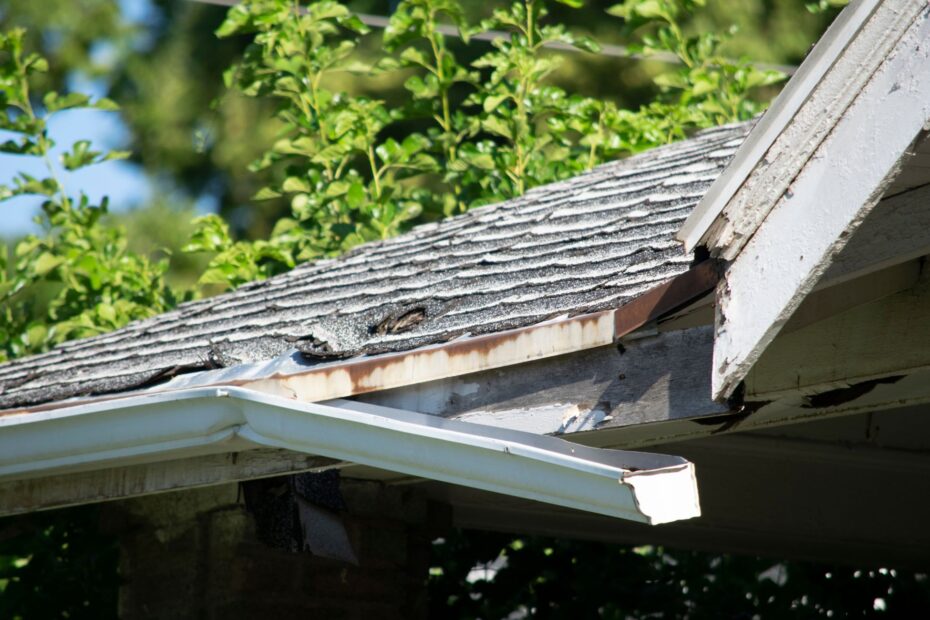How to Choose a Roofing Contractor: Essential Tips
Choosing a roofing contractor is crucial for ensuring the safety, quality, and longevity of your roof. This guide covers everything you need to know, from understanding the importance of hiring a licensed, insured contractor to identifying red flags during the selection process. Learn how to evaluate contractors based on experience, customer reviews, and clear estimates. With practical advice on interviews, comparisons, and final decision-making, you’ll be equipped to choose the right professional for your roofing project.



